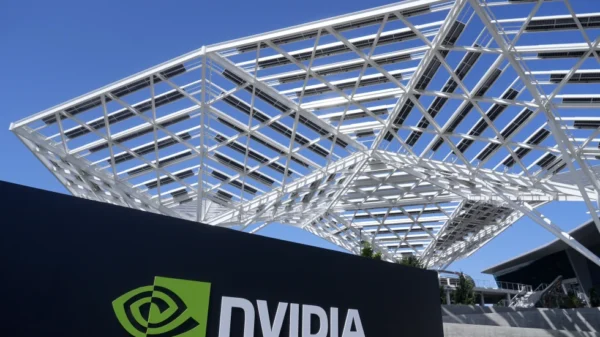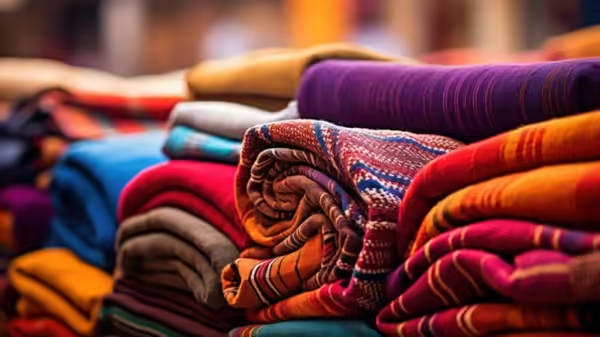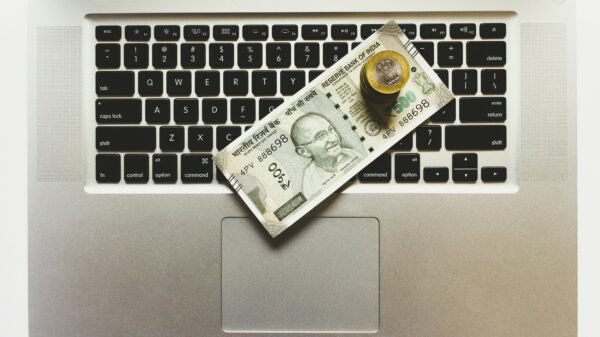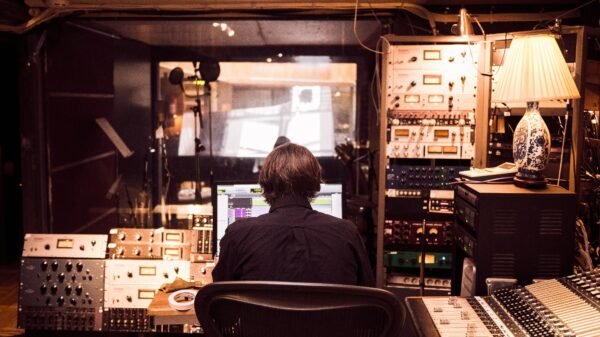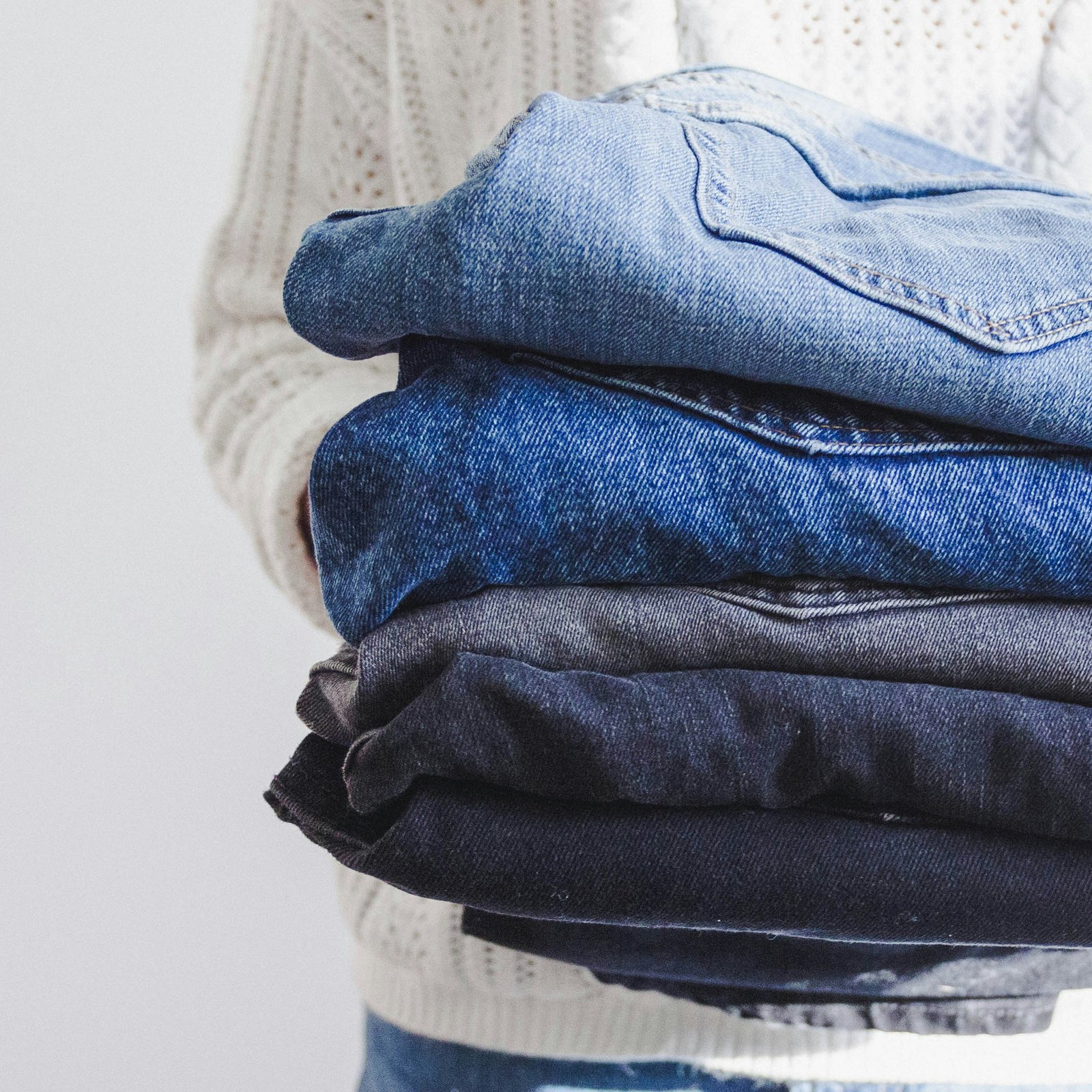In recent years, the fashion industry has come under scrutiny for its significant environmental impact, particularly in the production of jeans. From the excessive use of water and energy to the release of toxic chemicals into waterways, traditional jeans dyeing methods have taken a toll on the planet. However, a new eco-friendly dyeing method has emerged, offering a potential solution to this toxic problem.
The Environmental Impact of Traditional Jeans Dyeing Methods
Traditional jeans dyeing methods involve the use of synthetic dyes and a large amount of water. The dyeing process requires vast quantities of water to rinse out excess dye, resulting in significant water wastage. Additionally, the use of toxic chemicals, such as azo dyes and heavy metals, poses a threat to both the environment and the health of factory workers.
Furthermore, the energy consumption associated with traditional dyeing methods contributes to carbon emissions. The use of large industrial machinery and high temperatures requires substantial amounts of energy, further exacerbating the environmental impact of jeans production.
An Innovative Solution: Eco-friendly Jeans Dyeing Method
Recognizing the need for a more sustainable approach, researchers and manufacturers have developed an eco-friendly jeans dyeing method that significantly reduces the environmental impact of production.
This innovative method utilizes natural dyes derived from plant-based materials, such as indigofera tinctoria, which is a sustainable alternative to synthetic dyes. These natural dyes are biodegradable and do not pose a risk to the environment or human health.
In addition to using natural dyes, this eco-friendly dyeing method employs a closed-loop system. Unlike traditional dyeing processes, which result in large amounts of wastewater, the closed-loop system recycles and reuses water, minimizing water consumption and reducing pollution.
Furthermore, this method incorporates advanced technology, such as low-temperature dyeing and laser finishing, to reduce energy consumption. By utilizing lower temperatures and more efficient machinery, the energy requirements for the dyeing process are significantly reduced, resulting in lower carbon emissions.
The Benefits of Eco-friendly Jeans Dyeing
The adoption of this eco-friendly jeans dyeing method offers several benefits for both the environment and the fashion industry as a whole.
First and foremost, the reduction in water consumption helps to conserve this valuable resource. With traditional dyeing methods, it can take up to 2,000 gallons of water to produce a single pair of jeans. By implementing the closed-loop system and reusing water, the eco-friendly dyeing method significantly reduces the industry’s water footprint.
Secondly, the use of natural dyes eliminates the release of toxic chemicals into waterways. This not only protects the environment but also safeguards the health of factory workers who come into contact with these chemicals during the dyeing process.
Moreover, the lower energy consumption associated with this method contributes to a reduction in carbon emissions. By adopting more sustainable practices, the fashion industry can play a crucial role in mitigating climate change and moving towards a more environmentally friendly future.
The Future of Sustainable Jeans Production
The development of this eco-friendly jeans dyeing method represents a significant step towards a more sustainable fashion industry. However, its widespread adoption will require collaboration and commitment from all stakeholders, including manufacturers, brands, and consumers.
Manufacturers and brands must invest in research and development to refine and scale up this dyeing method. By incorporating sustainable practices into their production processes, they can lead the way in reducing the industry’s environmental impact.
Consumers also play a vital role in driving the demand for sustainable fashion. By making conscious choices and supporting brands that prioritize eco-friendly production methods, consumers can encourage the industry to embrace more sustainable practices.
In conclusion, the development of an eco-friendly jeans dyeing method offers a promising solution to the fashion industry’s environmental impact. By utilizing natural dyes, implementing a closed-loop system, and reducing energy consumption, this method represents a significant step towards a more sustainable and eco-conscious future for jeans production.

